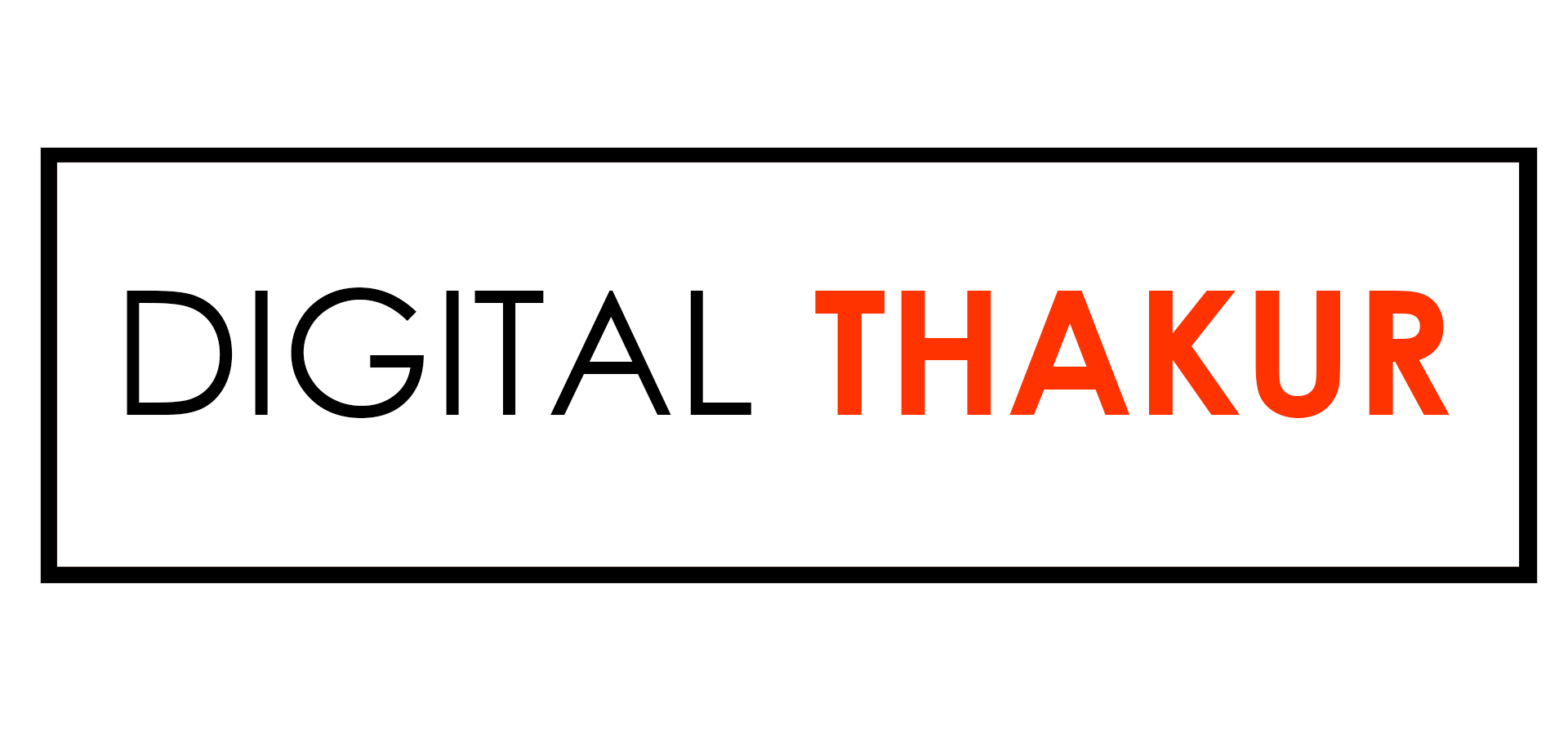
Targeting the correct market with the right note is crucial when reaching customers through marketing messages or advertising campaigns. If you aim too broadly, your notice may only get a small number of people who end up evolving customers, but you’ll also reach a sizable number of people who aren’t interested in your services. When your messaging isn’t customized for your target audience, you’ll spend a lot of money on advertising.
By using market segmentation, you can focus your advertising on the people who will most likely become loyal customers of your business or ardent readers of your content. Divide the market into groups with similar characteristics to segment it. Based on a few factors, you can segment. This approach to audience segmentation enables more accurately targeted marketing and customized content.
What is Market segmentation?
The practice of segmenting a target market into smaller groups with similar attributes, such as age, income, personality traits, behavior, hobbies, needs, or location, is known as market segmentation. These divisions may be used to enhance sales, marketing, and product design.
Based on how different consumer groups perceive the overall value of specific goods and services, segmentation helps businesses to create strategies for each group of customers. They may confidently convey a more detailed message knowing it will be understood.
Importance of Market segmentation
Market segmentation may help you identify and appreciate your target markets and ideal customers. Determining the right call for your products aids marketers in concentrating their marketing efforts more effectively. Publishers may also use market segmentation to offer more accurately targeted ad options and to customize their content for various audience types.
Consider yourself marketing for a new dog food brand. Whether or not they own dogs, you can split the audience. Then you could further divide out that audience based on the breed of dog each person owns and show them advertisements for food made exclusively for that breed. A publisher may use the same data to offer dog-related content to people who own or enjoy dogs.
Instead of sending a blanket message to your whole audience, market segmentation helps you to target the appropriate people with suitable material. Consequently, your campaign will be more effective and yield a more significant return on investment. This enhances the possibility that customers will engage with your commercial or content (ROI).
Objectives of the Market segmentation
There are numerous objectives for market segmentation. As follows, each of them is described:
Product
Creating successful products is one of the businesses’ main objectives and a factor in why they conduct market research. This makes it possible for you to cut costs while still adding the necessary features to your product to meet the expectations of your target market.
Price
Setting the correct pricing for your products is another aim of market segmentation. Figuring out who in public is willing to pay for it.
Promotion
It enables you to identify and classify the members of each group to focus your efforts appropriately.
Place
The ultimate goal of segmentation is to determine how to appeal to each group of consumers while delivering a product to them.
Types of market segmentation
With segmentation and targeting, you want to understand how your market will respond in a particular situation, such as when considering buying your products. In many cases, you may incorporate a prediction model into your study to classify people into defined groups based on their replies to survey questions.
Demographic segmentation
Demographic parameters including age, education, income, family size, race, gender, occupation, and nationality are used to segment markets. Since demographic factors impact the goods and services we purchase, how we use them, and how much we are ready to pay for them, demographic segmentation is one of the most fundamental and often used forms.
Geographic segmentation
Geographic segmentation is a type of segmentation that can be either a subset of demographic segmentation or a different class altogether. It classifies the intended audience into geographically separate groups. Because potential consumers’ needs, tastes, and interests vary depending on their geographic regions, understanding the climates and geographic locations of consumer groups may help you decide where to sell, market, and expand your business.
Firmographic segmentation
Like demographic segmentation, firmographic segmentation focuses on organizations rather than people, as does demographic segmentation. Firmographic segmentation would show how addressing a small business varies from managing an enterprise by considering parameters like firm size and employee count.
Behavioral Segmentation
Markets are divided into segments based on consumer behaviors, usage patterns, consumption, and lifestyle. For instance, younger customers could opt for body wash in a bottle, whereas older consumer groups would like soap bars. Since you can concentrate on what you know they are more likely to acquire, market segmentation based on purchase behavior enables marketers to build a more targeted plan.
Psychographic Segmentation
By dividing markets based on customers’ lifestyles, personality traits, beliefs, attitudes, and interests, psychographic segmentation accounts for the psychological aspects of consumer behavior. Large businesses, like the fitness industry, use psychographic segmentation to classify their customers as individuals who are interested in healthy living and exercise.
Wrapping Up
Effective market segmentation need not be challenging. But we suggest beginning with automation. Use market segmentation software instead of spreadsheets to measure and streamline your marketing strategy; as your business expands, the technology will grow with you. Because it helps them to identify which customers care about them and comprehend their needs sufficiently to provide a message that ensures brand success, market segmentation is a very effective strategy for businesses.
Now that you understand what market segmentation is, begin your research! Get the data you need to learn more about your target audience through online surveys.



